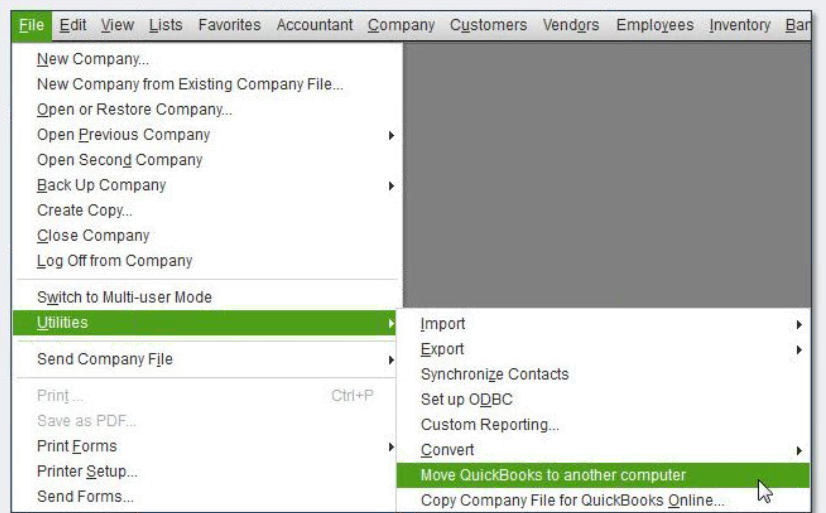by Zipbooks Admin
What is the difference between double-entry accounting and single-entry accounting?

Here at ZipBooks, we’re working hard to make accounting simple enough for anyone to understand. So, let’s break it down. Essentially, there are two solid ways to do accounting: double-entry accounting and single-entry accounting.
So, which one is better? That gets a little more complicated. It depends on what you want to do. Double-entry accounting keeps track of all business assets and income while single-entry accounting keeps a more focused eye on the cash flow.
So, which one is right for your business?
Double-Entry Accounting
Let’s begin with the double-entry accounting method, since ZipBooks has just switched to this method. This involves keeping track of all transactions and assets side by side for each part of the accounting equation. Accountants can track debits and credits with a T-account to make sure a company’s financial transactions balance out. T-accounts allow them to visualize where the credits or debits show up for each account.
In double entry accounting, the total debits on one side of the general ledger have to equal the credits on the other side. If all your debits equal your credits then the accounting identity (assets = liabilities + owner’s equity) is maintained.
Every modern accounting system uses this concept because it allows you to track more complicated business transactions that help to measure the true value of a company, like depreciation and payments on a loan. It’s also allows for proper auditing of assets and liabilities. Financial statements are easy to prepare since they correspond directly to these accounts. Accountants also love it because it’s easier to spot errors and detect fraud.
But this is all talk. Let’s check out what it would look like in practice with our fictional business, Writing Inc.
Double-entry Accounting Example
We had a good bit of business in our first month. Here is a sample of what double-entry accounting looks like for our current expense and revenue streams.
| Transaction | Debit | Credit |
|---|---|---|
| Accounts Receivable | $2,000 | |
| Company Revenue | $2,000 | |
| Computers | $1,000 | |
| Accounts Payable | $1,000 | |
| Rent Expense | $1,000 | |
| Cash for Rent | $1,000 | |
| Salaries Expense | $2,000 | |
| Cash for Salaries | $2,000 | |
| Cash | $6,000 | |
| Bank Loan | $6,000 | |
| Bank Loan | $500 | |
| Cash | $500 |
Explanation
First let’s assume that we don’t have a bank account and only work with cash to make the example a little easier.
First, we delivered a product to a customer and made $2,000 in revenue in the form of a promise to pay on an invoice in the future (accounts receivable).
In lines 3 & 4, we paid $1000 for computer equipment (book value of $1,000) to get our business started. We didn’t pay in cash so we accrued a liability in the form of a promise to pay in the future (accounts payable).
In lines 5-8, we recorded the payment of salaries and rent, which cost us $2,000 and $1,000, respectively.
The last 4 lines of the example show that we took out a bank loan this month which gave us $6,000 in cash. Also, we had to pay $500 towards that same loan.
This is where double-entry accounting is so valuable. It tracks everything! All changes in our assets (cash, accounts receivable), liabilities (accounts payable, bank loan) and owner’s equity (revenue, expenses) are accounted for.
Let’s assume that we started with no assets, liabilities, or owner’s equity. Here is a slightly simplified version of how each side of the accounting equation balances out. We received $6000 from the bank, paid $500 back and also paid rent and salaries with that money which left us with $2500 in cash. We also have an invoice that a customer will pay and $1000 worth of computer equipment.
| Cash | $2,500 | |
| Accounts Receivable | $2,000 | |
| Computers | $1,000 | |
| Total Assets | $5,500 |
Our liabilities were also straightforward. We have to pay back our loan to the bank minus the first payment and we also need to pay for the computer equipment.
| Bank Loan | $5,500 | |
| Accounts Payable | $1,000 | |
| Total Liabilities | $6,500 |
There are a lot of things that can go into owner’s equity but for our purposes it is just going to be revenue minus expenses. The total owner’s equity is going to be $2,000 minus $1,000 minus $2,000, or -$1,000.
| Revenue | $2,000 | |
| Rent Expense | $1,000 | |
| Salary Expense | $2,000 | |
| Total Owner’s Equity | -$1,000 |
Writing Inc. has $5,500 in assets. If you add liabilities ($6,500) and owner’s equity(-$1,000), you get $5,500 on the other side as well. Everything balances!
Accounting with actual companies will be far more complex and putting it all on a general ledger may be tricky, but accounting software can manage a lot of the nitty gritty details for you. Try going through the numbers above on your own and see if you can get the same results.
Single-Entry Accounting
Single-entry accounting is far simpler than double-entry, but it doesn’t account for many necessities of business. It doesn’t allow you to track the value of non-cash assets and it’s much easier for things to go sideways as you come up with “creative” ways to track money that you owe and money that you put into the business yourself.
What single-entry does do well is keep track of incoming and outgoing cash since it’s based on an income statement.
Let’s use our same example, but a month in the future, to show how Writing Inc.’s accounting would look under a single-entry system.
Single-entry Accounting Example
| Cash In | Cash Out | |
|---|---|---|
| Customer payment | $2,000 | |
| Salaries Expense | $2,000 | |
| Rent Expense | $1,000 | |
| Loan Payment | $500 | |
| Last Month’s Cash on Hand | $2,500 |
| Starting Cash | $4,500 | |
|---|---|---|
| Salaries Expense | $2,000 | |
| Rent Expense | $1,000 | |
| Loan Payment | $500 | |
| Ending Cash | $1,000 |
Explanation
Single-entry accounting basically tracks the physical inflows and outflows of your business: The money that you earn and have physically received, and the money that you actually spend on all your expenses. Is $1000 cash good or bad? It’s doesn’t look like much, but what if you just sent an invoice for $10,000? Single-entry accounting doesn’t have a way to account for future promises to pay, the remaining bank loan balance, or the value of your computer equipment.
When we designed ZipBooks, we didn’t want every small business owner to have to master accounting (in addition to running their business), so most of this is done behind-the-scenes. But if you’re a double-entry fanatic, you can manage every transaction using the Advanced view:

Though the double-entry method might be a little less intuitive at first, using it will help business owners understand what the company is worth and how that value changes over time.





